A shoe that fits: equity in STEM education and opportunities
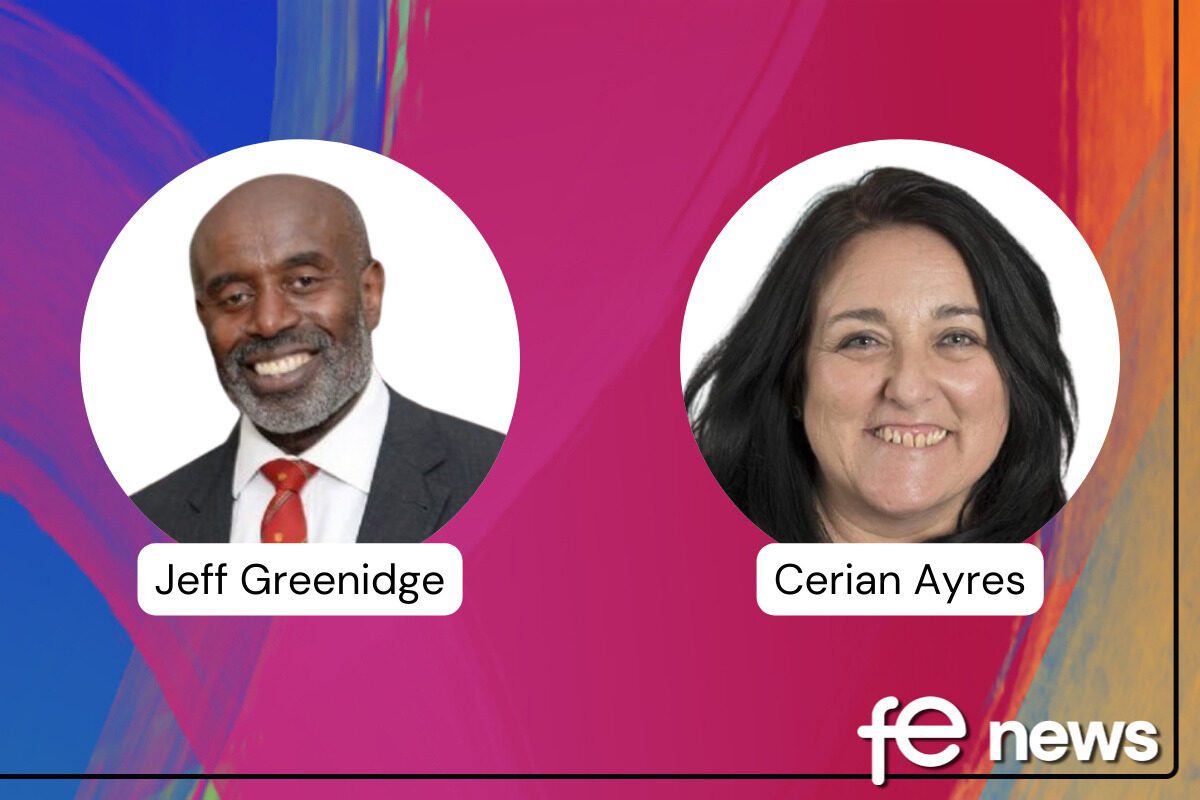
“Equality is giving everyone a shoe; equity is giving everyone a shoe that fits”
June 2021, Naheed Dosani
Technical education in STEM subjects in the UK is at a critical juncture. Economic and social recovery post-Brexit and as the UK emerges from the Covid-19 pandemic requires a highly skilled and adaptable workforce, and a strong ‘talent pipeline’ into further and higher technical education.
British Science Week, 11-20 March, is a good opportunity to reflect on how that strong STEM talent pipeline can only be achieved on a foundation of equality, diversity, inclusion and sustainability.
Foundations for Growth and Sustainability
In the context of the war in Ukraine, it’s poignant to consider what many of us take for granted: living in a country where everyday life is a peaceful experience isn’t the reality for a great many people.
‘Peace, justice and strong institutions’ is one of the 17 United Nations Sustainable Development Goals (SDG 16). Each SDG has interdependencies with others: we cannot hope to achieve the goals of good health and wellbeing (SDG 3); decent work and economic growth (SDG 8); and industry, innovation, and infrastructure (SDG 9) if we don’t also reduce inequalities (SDG 10) and provide quality education (SDG 4).
Education is an enabler for the sustainable development of social, environmental, and economic prosperity.
Lifelong learning
The pace of technological advancement today is remarkable. Technology is driving rapid and constant evolution in many areas – genomics, smart materials, robotics, cloud technologies, and renewable energy – and necessitates the lifelong learning that’s at the heart of ‘Skills for Jobs: Lifelong learning for growth and opportunity White Paper’ and the recently published Skills and Post-16 Education Bill.
Whilst we may live in a peaceful country, there is much work to do to reduce inequalities in terms of ensuring access to quality, lifelong education and opportunities for all. When we examine employment, skills, and productivity statistics for the United Kingdom, the evidence suggests that a lack of skills is to blame for the long-standing productivity conundrum. Of all developed nations, the UK has some of the greatest regional variations in productivity, closely correlated to education and skills imbalances.
Reducing regional inequality
The Department for Education’s ‘Opportunity Areas’ programme and Levelling Up proposals– which provides additional funding to 12 local authorities and 55 new education investment areas respectively to support social mobility and improved life chances for young people – is one means to tackle this regional inequality and to support growth in the talent pipeline to higher levels of technical STEM education. and employment
A recent OECD international comparison placed the UK at 31 of 43 countries for ‘intermediate skills’ at Levels 2 and 3, and at 16 of 20 countries for Level 4 and 5 ‘technician level’ skills. In Opportunity Areas, adults are significantly less likely to achieve a Level 3 qualification by the age of 25 and less likely to achieve the higher earnings that higher qualifications support.
Social, economic, and environmental progress is required to minimise inequities. SDG 10 – which aims to increase income growth by increasing economic, political, and social inclusion for all – can only be accomplished by ensuring that a quality education is accessible and inclusive to all.
SEND: Equality for learners
Recent figures from the Office for National Statistics demonstrate that, if you have a disability, you are less likely to be in employment. 81% of non-disabled people are in employment compared with 52% of disabled people and only 22% of people with autism are in work.
In 2021, the Education and Training Foundation (ETF) launched eight new ‘employer spokes’ to complement three ‘hub’ Centres for Excellence in SEND which address:
- People (Weston College) – how to ensure organisations take care of their staff and learners with a particular focus on mental, social, and emotional needs.
- Curriculum (Derby College) – how to ensure that the curriculum always has a clear purpose so that learners with SEND have potential to realise their aspirations.
- Community (City College Norwich) – how to ensure that learners with SEND are progressing and being present in communities who recognise and embrace their potential.
The employer spokes provide a platform for employers to talk about the benefits of hiring learners with special educational needs and disabilities (SEND), and the importance of working closely with local FE providers.
Oldham College is one of the employers spoke organisations and a WorldSkills UK Centre of Excellence. Their high quality learning support has enable learners with SEND to secure medals in WorldSkills competitions, and last week one learner was celebrated as UK Higher Education learner of the year.
Further education has a critical role to play in SEND education and opportunities: it is about putting inclusion at the centre of FE so that difference is valued and that all learners fulfill their aspirations.
Science: diversity of thought and innovation
Innovation is fueled by diversity, and science need innovators. We must cultivate a culture in scientific education that values diversity as a driver for scientific innovation, inspiration and excitement. We need to think about how science can lead to rewarding jobs for everyone, including individuals with specific educational needs and disabilities.
Career paths can be challenging but, with the right support and encouragement, barriers can be overcome. We all need to play our part in making science education universally accessible, inclusive, relevant, and engaging to all: young, adult, HE and employer learners.
We also need to consider why the under-represented groups that diversify organisations and drive innovation are so less visible in science? Are we missing innovation and growth in science? For example, the All Party Parliamentary Group’s report on Diversity in STEM highlighted that our curriculum is still overly reliant on white middle class white male academics and scientists. There is a need to uncover and promote more diverse voices to encourage innovation. If our learners in FE see and hear from people they can identify with, this can only serve to encourage more young people to see STEM as something for them.
According to The Harvard Business Review 2013, diversity is not just about colour, ethnicity, gender, or sexual orientation; it’s also about the acquired diversity of thought that comes through culture and life experiences, and they all work together to create the space for creativity by instilling the curiosity that leads to “outside the box” thinking.
2020 research by the National Academy of Sciences highlighted the “diversity-innovation paradox in science”. The authors say that we find higher rates of innovation across diverse demographic groups, however, the adoption of those innovations is not equal across demographic groups. Women and non-white academics find their novel contributions receive less uptake.
If we are missing innovation in STEM, it is time to change the narrative? If so – how?
The Challenges
Being Conscious
Firstly, there may be an issue around awareness. The key findings of The Royal Society Report Inspiring Scientists: Diversity in British Science reports that the scientists interviewed “described little or no evidence of direct or indirect racism in the British scientific workplaces”. However, in terms of awareness of – and engagement with – the scientific community “many of the interviewees did not regard science as an obvious, ‘normal’ or easy career choice for someone of their ethnic background”.
A number of reports such as the British Science Association’s Inquiry into Equity in STEM Education and Inquiry into Equity in the STEM Workforce have provided insights and recommendations, but we need more research into effective careers, guidance and educational interventions to support under-represented groups into higher technical STEM study and meaningful, rewarding employment.
Secondly, we know that the mechanisms that impact science and research are designed and led by white, cis-gender, male academics. They are not the adversary. They can be powerful friends if they recognise that they are in a situation where they are unaware of how tough something is for other groups since they do not face the same challenges.
Raising awareness of the opportunities in STEM, and facilitating conscious, intentional, allyship by STEM leaders is a first step.
Education
In terms of representation, education is critical. All parts of education – notably science and STEM education, which is the engine of UK growth – should prioritise diversity, equity, and inclusion. The history of science is frequently male and straight. It is critical to recognise the variety of STEM innovators, such as Sara Josephine Baker and Sally Ride, who are frequently overlooked, and although the work of LGBTQ scientists continues to have an impact today, why don’t we devote more time to honouring their achievements in our educational system?
Those of us in the education sector have the privilege and potential to celebrate diverse innovators and to highlight the value that diverse communities bring to science. For example, Students at West Suffolk College are helping to embed black history into a College curriculum so that others “understand how beautiful the journey’s been and still is”. Why wouldn’t we have a curriculum that highlights the achievements of scientists from underrepresented groups?
The study of The Long-Run Impacts of Same-Race Teachers in the US found that black students who had two black teachers by third grade were 32% more likely to go to college than black students who had had none.. In the UK, while students of African descent are proportionally more likely than their white counterparts to study STEM-related degrees, they are less likely to progress to scientific jobs after graduating than white students. There are of course, many reasons for this, one of them being the lack of representation in academic teaching staff.
There are a number of initiatives recently launched to address these imbalances: Lewis Hamilton Commission for Motorsports and the January 2022, Department for Education, Teach in FE Campaign. We need to increase the representation of black and ethnic minority teachers of Science, Engineering and Technology.
Clarity
Finally, we must be clear about our focus.
We often conflate diversity and inclusion but they are vastly different things. Diversity is a fact: we are all different and we can (often) measure that difference quantitatively. Inclusion is another story: it is an action and an intention, and generates the conditions and empowerment that allow providers, workplaces and civic structures to be representative of diverse communities that the serve.
Research by the Royal Society shed light on the experience of scientists with disabilities and identified that there was “evidence of huge disparity in whether or not individuals have been able to access support from institutions and funders. Whilst some participants had successfully managed to secure the adjustments that they needed in their workplaces, for the majority negotiating access to institutional support was not straightforward”.
Why invite someone to a party and then not let them dance? Institutions and funders must be more willing to develop the infrastructure that enables disabled scientists and scientists from underrepresented groups.
In April 2020 Pearson, in its research “Addressing post-COVID inequality”, offered a list of urgent action points for education, including
- the development of a high-level, targeted mentoring scheme
- the continued promotion of the vocational route as a valuable pathway, and
- a joined-up system that provides access to advice, career information and a way to match their skills with the opportunities on offer.
This approach is very much in line with the Royal Society thinking. ‘Infrastructure that enables’ includes mentorship, funding workshops and positive action to ensure that individuals from under-represented groups apply for available fellowships to enhance and advance their careers.
In Conclusion
Organisations with higher levels of diversity are far more likely to demonstrate innovation. Research shows that innovation requires the involvement and consideration of a range of voices. However, due to bias, leaders sometimes seek (and fund) innovation from groups that have historically been enabled to provide it, at the expense of under-represented groups. We need to make inclusion, as well as innovation, a part of every leader’s role.
The educational experience must be improved for all, not just for under-represented groups. Students who are exposed to diversity and inclusion in the curriculum will develop their critical thinking skills, become more open to possibilities, and be better equipped to contribute to the innovation and growth that the global economy requires in the twenty-first century.
We at the Education and Training Foundation and Association of Colleges, encourage you to explore the part you could play in your localities to inspire your learners, young, adult, HE and employer, as we collectively celebrate British Science Week, 11-20 March 2022. The theme this year is Growth.
There has never been a better or more important time to be involved in technical education.
It’s time for T!
By Jeff Greenidge, Director for Diversity at the Association of Colleges and Cerian Ayres, National Head of Technical Education, Education and Training Foundation


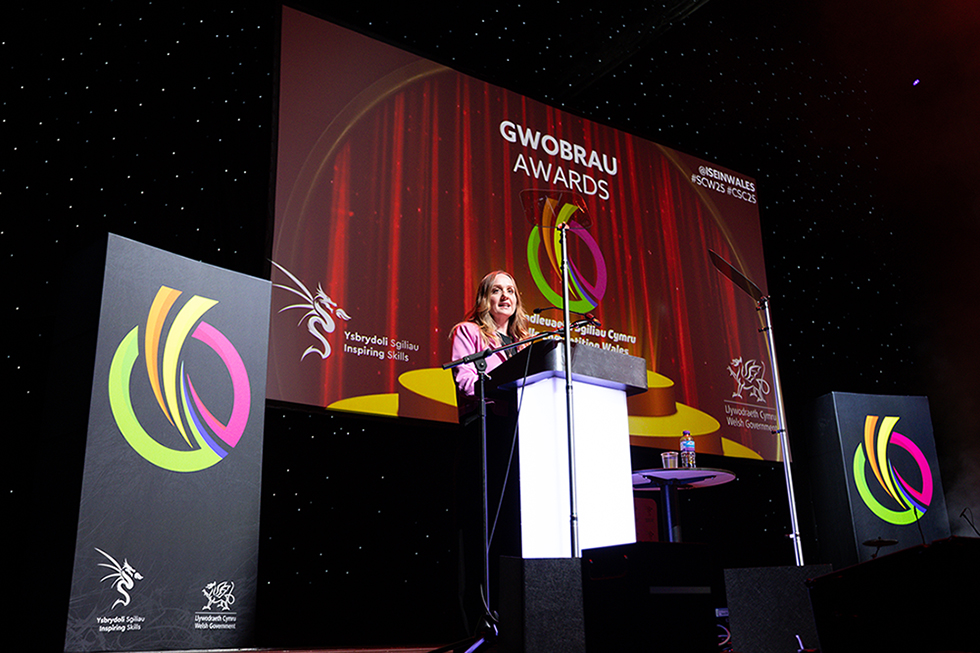



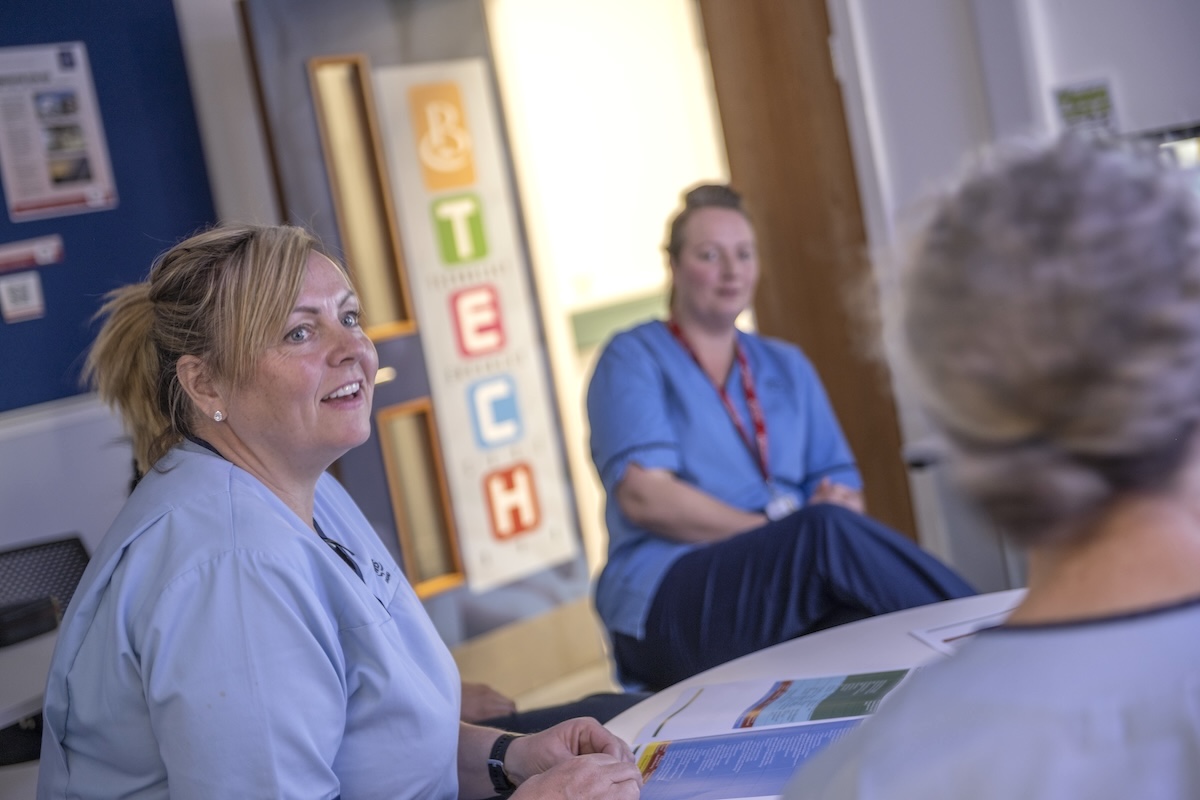

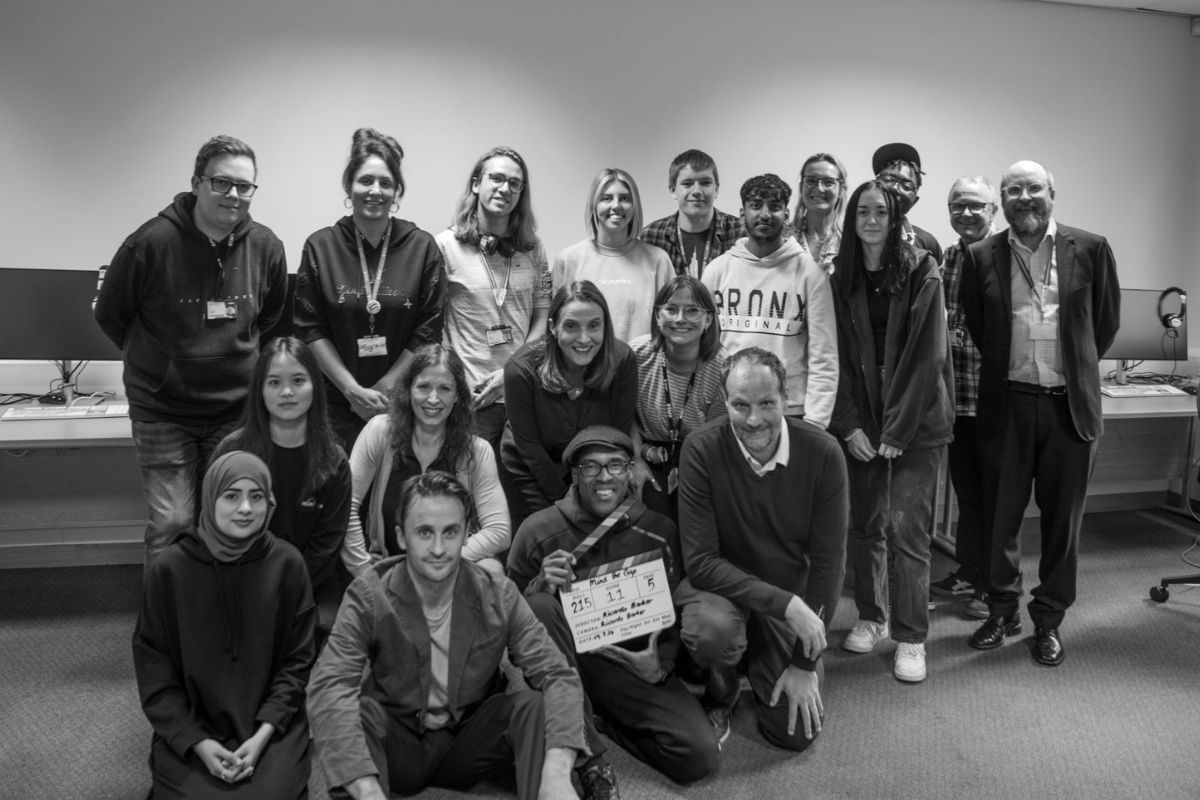
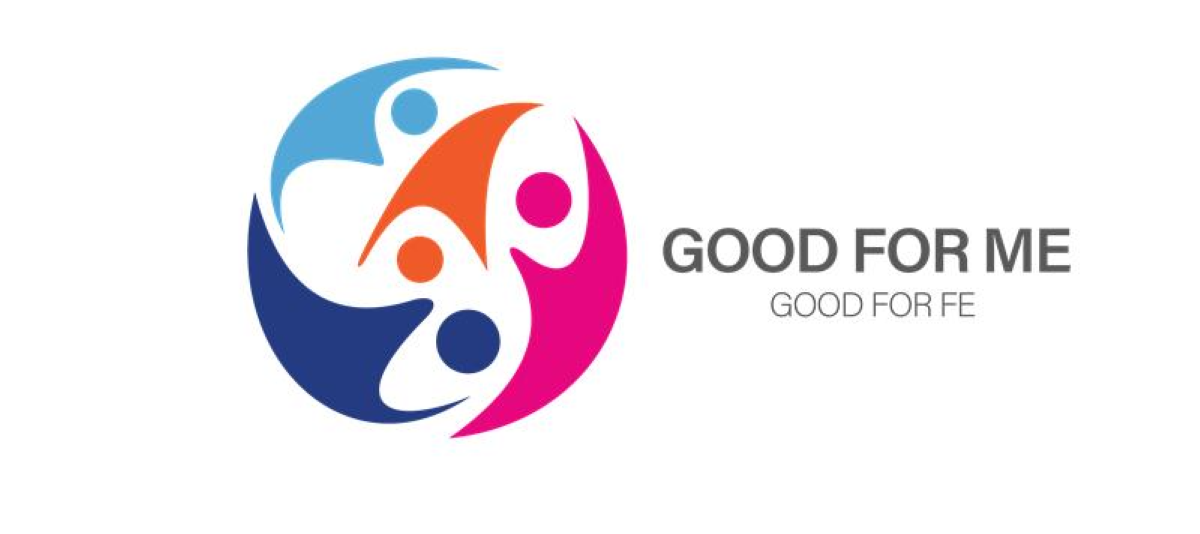

Responses